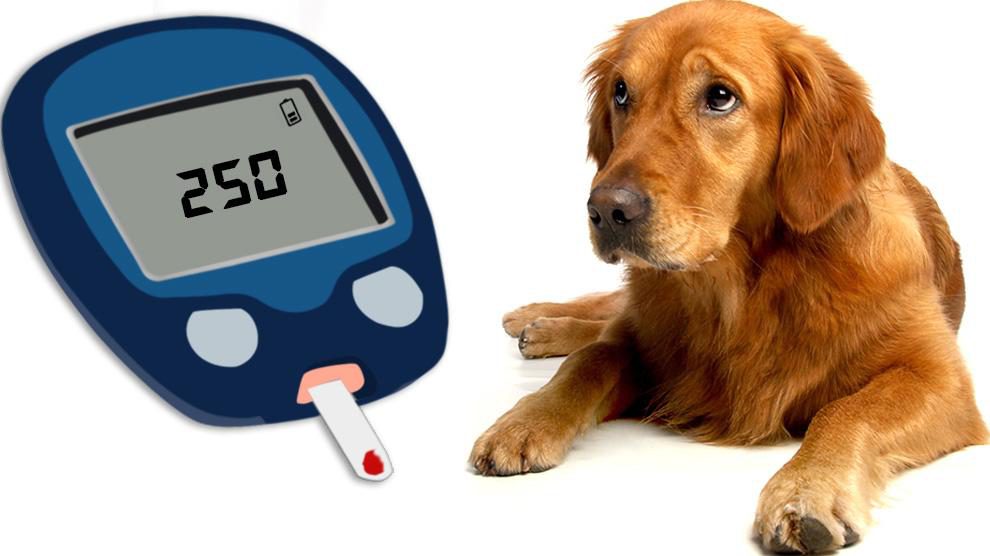Diabetes in Dogs
Overview
November is a pet diabetes month, which provides an opportunity to understand the manifestation of diabetes in dogs. Diabetes is generally a disorder of carbohydrates, fat and protein metabolism caused by absolute or relative insulin deficiency.
Diabetes is among the common endocrine diseases in middle-aged and senior dogs. At least 70% of the patients older than 7 years may manifest the symptoms by the time of diagnosis. The prevalence is between 1:400 and 1:500 with female dogs being predominantly affected. The breeds that are likely to suffer from diabetes mellitus are Golden Retriever, Carn terrier and Tibetan terrier. Working with your veterinarian regularly is advisable so that you be able to comprehend when to seek prompt care for your dog.
Types of Diabetes in Your Dog
Diabetes in dogs occurs in two distinct forms:
Type 1, Insulin-deficiency diabetes – This occurs when your dog is not producing sufficient insulin due to damage or pancreas that is not functioning. Insulin-deficiency diabetes is one of the common diabetes affecting in dogs.
Type 2, Insulin-resistance diabetes – occurs when your dog’s pancreas produces insulin, but the body fails to utilize it accordingly. As a result, the body fails to process glucose in the blood and circulating it to the cells. Obese or older dogs are likely to develop insulin-resistance diabetes mellitus. In addition, female dogs develop temporary insulin resistance when they are on heat or pregnant.
Signs and Symptoms
– Dogs with excessive a lot of water or increased thirsty or lick empty water bowls
– Increased urination (Polyuria) due to the incessant need to get rid of the excess sugars
– Sudden weight loss despite the dog normal food portions because of inefficient conversion
– Onset of acute blindness that leads to cataracts
– Progressive lethargy, depression and vomiting
– In addition, the health of your dog could deteriorate due to possible kidney failure, enlarged liver, and ketoacidosis.
Treatment for Diabetes
Diet – The diabetic dog should eat quality proteins and fiber-ridden carbohydrates. There are commercially available dog food that are specific for certain breeds or help tackle certain medical conditions.
Exercise –It is recommended that moderate and consistent exercise routines should reduce sudden rise or drops in glucose levels. This is especially important in dogs that are kept in small spaces or compound.
Injections – Your diabetic dog will require insulin injection everyday under the skin.
It is recommended that you visit your veterinarian for treatment of your dog and for advice or further recommendation.





